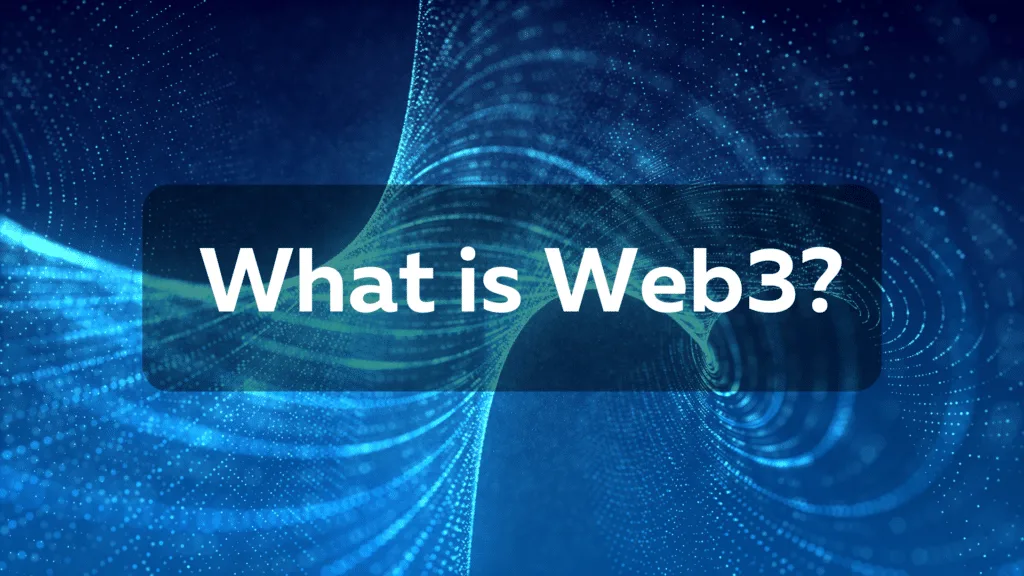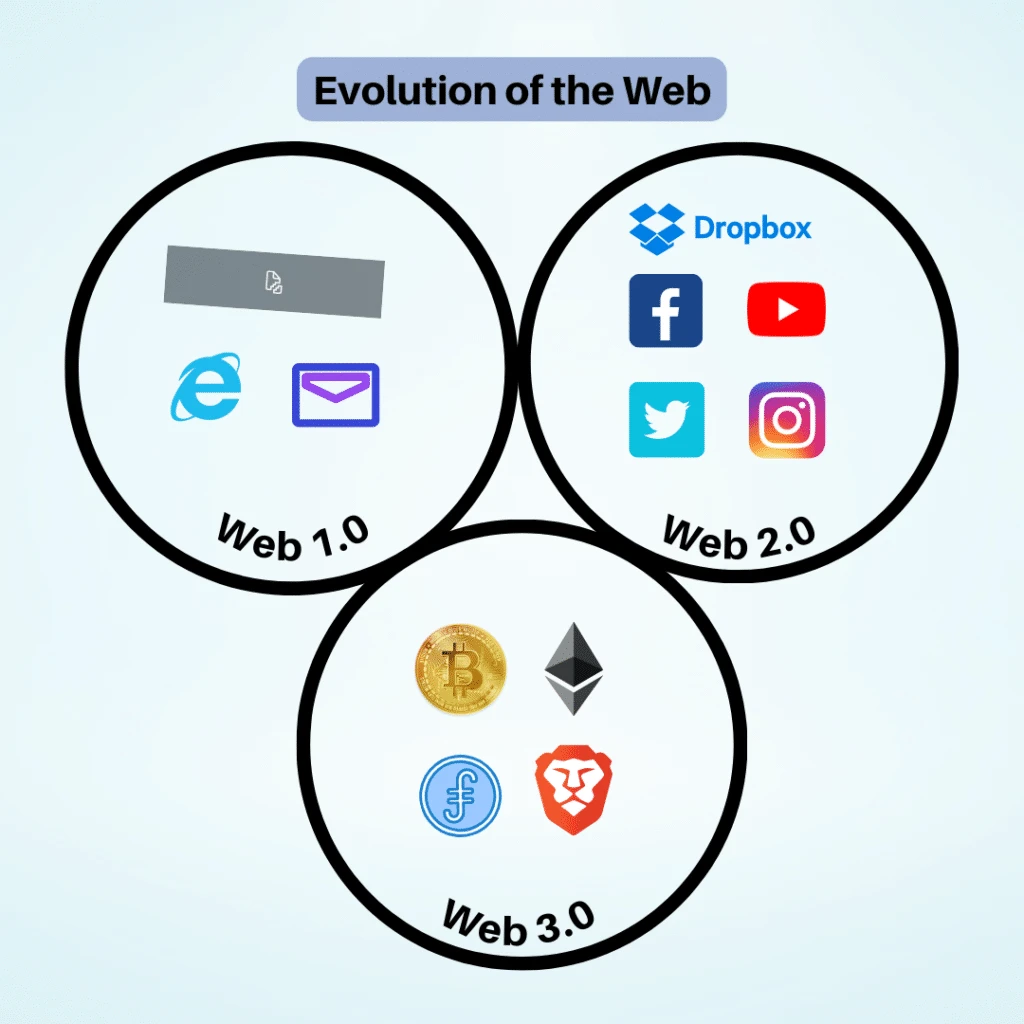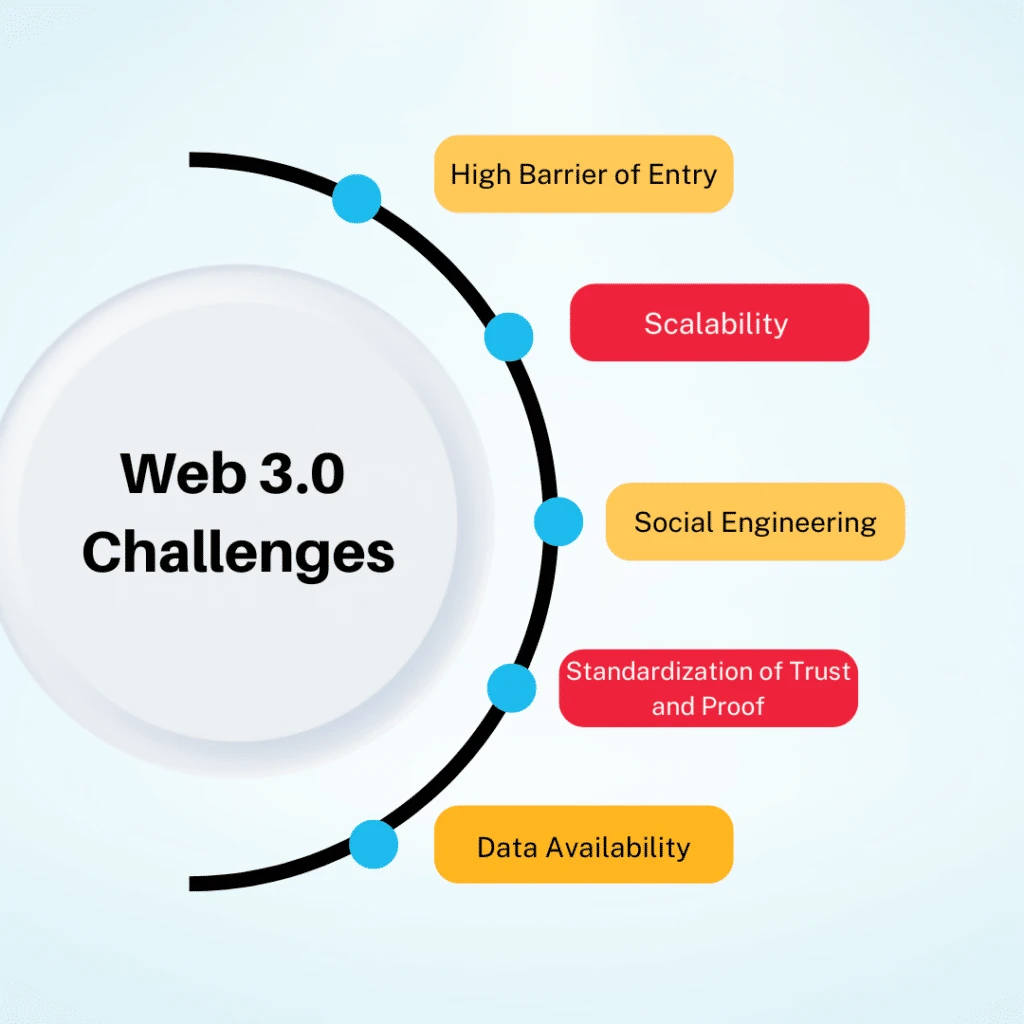What is Web3?
Web3 is seen as the next version of the internet. It focuses on bringing power and control back to the user through decentralization instead of relying on large corporations as the current Web2 version does.

The Long Definition
There is no standard definition of Web3. It is generally described as the internet of today, but guided by the principle of decentralization. This will help to reduce the reliance on big tech giants like Facebook and Google, ultimately making the internet a trustless and permissionless place.
A decentralized social network allows users more control and independence from a central authority. This results in resistance to censorship, ownership over personal data, and improved control over user-generated content.
For example, when YouTube was new, it offered very generous rewards for users to create content. As time went on, though, YouTube paid less and less to the content creators and added more and more ads. In a Web3 environment, the content creators would have much more say in those kinds of decisions.
History of Web3
Web3 is a concept born out of blockchain technology. The term was coined in 2014 by Gavin Wood, the founder of the Polkadot blockchain and the cofounder of the Ethereum blockchain. He described an online experience that is controlled less by Big Tech and more by the individual users of the internet.
The concept became popular during crypto’s bull market in 2021. As crypto prices soared, more projects began using blockchain technology.
Evolution of the Web
The World Wide Web has evolved over the years. This evolution can be split into three stages: Web 1.0 (the past), Web 2.0 (the present), and Web 3.0 (the future).

Web 1.0
Web 1.0 was the first generation of the Web. It lasted from about 1991 to 2004. Web 1.0 was very basic. Websites were static with no interactivity. Online activities like paying bills or playing video games weren’t as easy as they are today.
Website developers presented content mainly in text and image format. Users, on the other hand, could only participate by looking at the pictures or reading the articles that the developers put up.
Web 2.0
Web 2.0 is the second and current version of the Web. It introduced interactiveness to the Web. Social media platforms allowing regular users to create and share their own content. So, where Web 1.0 was read-only, you can think of Web 2.0 as the read-and-write web.
Web 3.0
Web 3.0 is forming now and will be the next generation of the internet. It’s similar to Web 2.0 in that it is dynamic and interactive. You will still be able to interact with applications and create and share content. However, it introduces decentralization by using blockchain technology to give more power to the user.
Note that Web3 is still a work in progress.
How Does Web 3.0 Improve on Web 2.0
Web2 improved the internet by introducing features absent in Web1. This included giving users the ability to interact with web pages and create their own content. Web2 is convenient and easy to use. So, you might wonder, what does Web3 bring to the table?
Unfortunately, Web 2.0 has a problem.
It’s centralized. Much of the Web runs on centralized servers, which are in the hands of Big Tech corporations.
The likes of Google, Meta, Amazon, and Twitter more or less control the internet. They have adopted questionable ad-revenue models that involve collecting user data, often without the user’s knowledge.

This data includes things like your name, IP address, e-mail address, payment information, etc. It is then sold to advertisers, who use it to give you ‘personalized ads.’ This means that you are the product of these corporations, instead of their customer. They profit from your personal data at the expense of your privacy.
In addition to unsavory data collection practices, these corporations are also the target of hacks. When these hacks are successful, they result in data breaches. Hackers get their hands on your data and use it for identity theft or sell it to scammers.
Finally, being centralized also leaves Web 2.0 users vulnerable to censorship. Corporations can block users from accessing their platforms. Totalitarian governments are also able to control what their citizens see or don’t see. This is because they can easily seize and shut down or block the centralized servers.
Since all these issues result from centralization, the best way to solve them is by making the Web decentralized. And that’s what Web3 does.
How Does Web3 Work?
Decentralization is the defining feature of Web3. In this version of the Web, applications do not run on centralized servers. Rather, they run on decentralized networks, like public blockchains, where ownership is distributed. Such apps are known as decentralized applications (dApps).
Being decentralized and on blockchain technology gives Web3 the following features and benefits:
- Permissionless: Nobody can control a truly decentralized network, not even governments. Anyone can participate in the network without requiring the approval of someone else.
- Trustless: Being decentralized eliminates the need for trusted third-party intermediaries. Participants will be able to interact with each other directly. This is true regardless of whether you’re sending messages or doing a financial transaction.
- Native payments: Web2 payments rely on payment processors like PayPal, Wise, Cash App, and Venmo. But with blockchain technology, Web3 has native crypto integration. This will make for faster, cheaper, and more convenient payments.
- Privacy: There are no centralized technology corporations in Web3. You have control over your data. In fact, you don’t even have to give any personal data to participate in Web3. All you need is a blockchain address, which can be opened anonymously.
Problems With Web3
Being a work in progress, Web3 doesn’t offer the same user experience that Web2 does. The user interfaces of most dApps are technical and unintuitive. This makes the barrier of entry to Web3 quite high for the average person.

There are also scalability issues. Scalability refers to the ability of a network to handle high traffic. In this case, the Ethereum blockchain, where much of Web3’s infrastructure lives, isn’t scalable enough to handle the same volume of traffic going through Web2.
Fortunately, this problem is finding a solution in the form of Layer 2 blockchains. These are networks built on top of another blockchain. They use the base blockchain’s basic characteristics while improving the speed and scalability. Examples of this include Polygon and Immutable-X.
